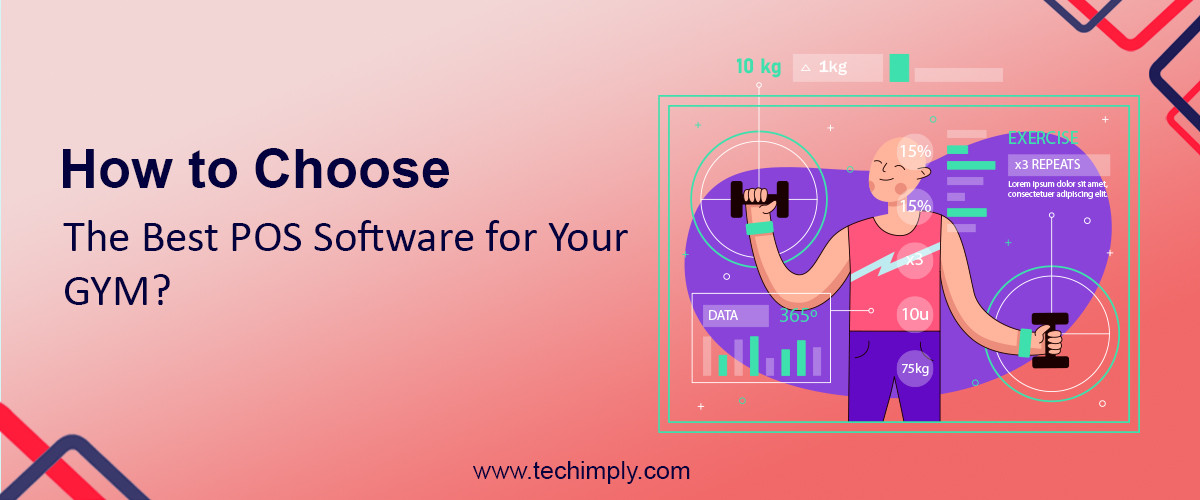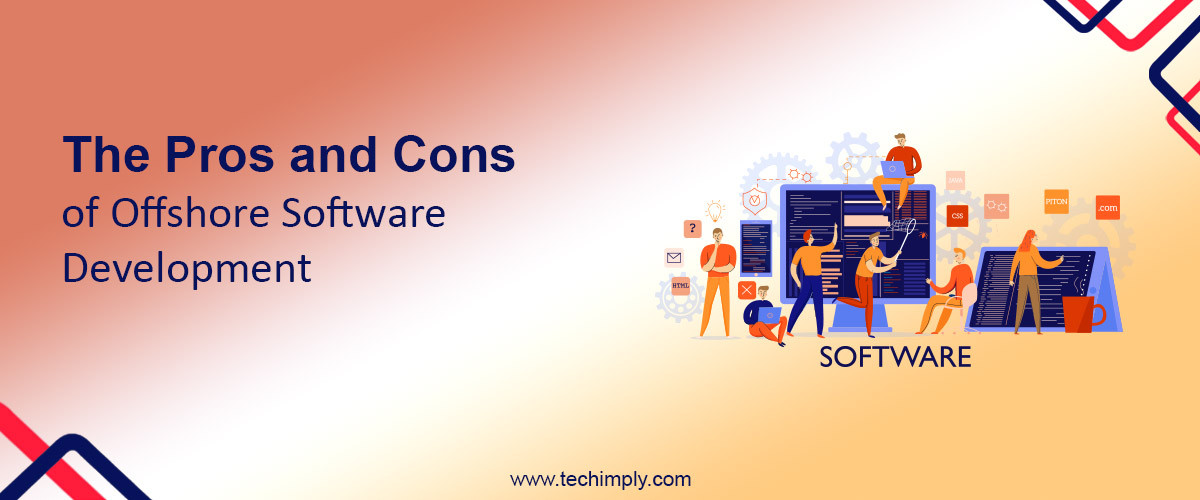The recruiting process has been a roller coaster over the past few years, with massive layoffs and the rise of "quiet quitting" trends.
And not to mention the constant power shift between employees and employers. So as we navigate these challenging times, how we attract and retain top talent needs some tender loving care.
In this comprehensive guide, we'll share some key steps that you can use to design an effective and efficient recruitment process that works for your business.
Whether you're a small business owner or an HR manager, these steps will help you attract top talent and build a strong team for the future.
Let’s get started.
Step 1: Identify Your Hiring Needs
Before diving headfirst into the recruitment process, it's essential to understand your hiring needs.
Do you need to add headcount to the accounting department? Are you looking to build a sales team?
To help answer these questions, start assessing your current workforce to identify any gaps that need to be filled. Or determine the number of new hires required to support your business objectives and growth plans.
Once you’ve identified your needs, create detailed job descriptions for each position, outlining roles, responsibilities, and expectations. These descriptions should be comprehensive, up-to-date, and accurately represent the necessary skills and experience to attract the proper talent.
And don’t forget to research current industry standards to stay competitive with salary ranges and benefits packages. Offering attractive compensation will help you attract top talent and maintain a strong team.
Step 2: Create an Ideal Candidate Profile
Finding your perfect hire can feel like finding a needle in a haystack. So why not resort to the same data-driven ICP methodologies you use to drive sales?
In the hiring world, ICP translates to an ideal candidate profile instead of an ideal customer profile. They may have slightly different meanings, but the concept is similar.
The key to it all? Honing in on candidates worthy of your time and effort, helping you stay focused, and keeping your eyes on the prize.
So here are three crucial aspects to consider when coming up with your ideal candidate profile:
Pinpoint the necessary skills, qualifications, and experiences
When outlining the requirements for each position, be specific and list both hard and soft skills.
Carefully outlining these details will help you find candidates with the right technical know-how and interpersonal abilities.
Clarify job responsibilities and expectations
Your potential candidates should know exactly what's expected of them, so outline each role's day-to-day tasks and long-term objectives.
Being up-front about these responsibilities helps them understand the position better and ensures a good fit, setting them up for success and boosting retention.
Assess the cultural fit for your organization
Consider the values, work style, and personality traits that align with your company culture.
Candidates who are a great cultural fit will contribute positively to your team dynamics and adjust more quickly to their new work environment.
By focusing on these elements, you'll create a candidate profile that streamlines your hiring process and improves your chances of finding the perfect match.
Step 3: Choose the Right Recruitment Channels
Now that you have mapped out your ideal candidate profile, it’s time to reach them using the appropriate recruitment channels that fit the bill.
Are you looking for tech-savvy millennials or experienced professionals with a wealth of industry knowledge? Think about the channels that are most effective in reaching that audience.
Job boards, social media platforms, and networking events are popular options, but you may need to get creative depending on your target demographic. Remember, the more targeted your recruitment efforts are, the higher the likelihood of finding the right fit for your team.
For instance, consider hosting a recruiting event at local colleges for entry-level hires. Or, if you are looking for a freelance writer, consider posting on niche sites like Freelance Writer Jobs
Choosing the right channels ensures your job postings reach the right candidates and increases the chances of finding the diamond in the rough.
Step 4: Outline the Interview Process
The interview stage is a crucial part of the recruitment process. It's your chance to get to know potential candidates on a deeper level beyond what you can glean from their resumes and applications.
Your first step should be to review all the applications and resumes you've received. Look for candidates who meet the requirements outlined in your job description. If they make it through this step, move them on to a screening interview.
Phone or video screenings can be a great way to quickly identify any red flags that may disqualify a candidate from moving forward in the hiring process. Here are some examples of red flags to watch out for:
- Lack of professionalism, unpreparedness, or disorganization
- Poor communication skills
- Negative attitude
- Lack of enthusiasm
- Inconsistent or unverifiable information
Remember, these are just a few examples of red flags that may come up during a phone or video screening. Trusting your instincts and paying attention to any warning signs that may indicate the candidate isn't a good fit for the job is important.
Once you've identified some promising candidates, it's time to hold face-to-face or video interviews. Come prepared with relevant questions to help you explore their qualifications, motivations, and compatibility with your company culture.
If you need some inspiration, try these simple interview questions:
- Tell me about your experience with [specific skill or software relevant to the position].
- How do you handle challenges or unexpected problems in your work?
- Why are you interested in working for our company, and what do you know about our products or services?
- Can you describe a time when you had to work with a difficult team member, and how did you handle the situation?
- How do you stay up-to-date with industry trends or new technologies in your field?
- What do you consider to be your biggest professional accomplishment, and why?
- What are your long-term career goals, and how do you see this position fitting into your career path?
- How do you balance competing priorities or multiple projects with deadlines?
These interviews are your chance to better understand their skills, experience, and personality. So after each interview, take some time to evaluate the candidate.
Consider how they demonstrated their skills and qualifications and how they’d fit within your company culture. Could you see them contributing to the team dynamic? Do they have the potential for growth within the company? If you answer yes to these questions, write an offer.
Step 5: Onboard New Hires
Now that you've successfully recruited the best candidates for your open positions, it's time to onboard them.
Onboarding is a critical process that sets the tone for the rest of the employee's time at your company. New hires should feel welcome, informed, and prepared for their new role.
If you are a small or medium-sized business, do you have an experienced HR team to manage the onboarding process?
If not, don't worry. Why work harder when you can work smarter by properly outsourcing parts of your recruitment process? You can use an HR solution to outsource the tedious employee onboarding process.
Bambee provides comprehensive onboarding plans that tackle everything from new hire paperwork to training and development. That means more time for you to focus on other growth initiatives.
But if you’re keen to keep onboarding in-house, here are some tips to help you stay on track.
The onboarding process should begin before the employee's start date. Send them a welcome email or package, including information about your company culture, values, and what to expect on their first day.
But that’s just the tip of the iceberg. You might want to create a company handbook and any other custom training materials necessary for the job. And if your new hire is a remote worker, train them on best practices for online security.
For instance, how to implement firewalls, the importance of intrusion prevention systems, and how to ensure robust DDoS mitigation measures are all topics that new employees should know to successfully identify and avoid cyber attacks as remote workers.
Oh, and don’t forget about helping them build personal connections.
Start with introductions to current team members to foster a sense of belonging within your organization. You can also organize team lunches, outings, or fun activities encouraging new hires to interact with their colleagues in a relaxed setting. These events help build relationships, promote teamwork, and foster a sense of camaraderie.
And promote a culture of open communication by encouraging new hires to ask questions, share ideas, and express concerns. Provide channels for feedback, such as regular one-on-one meetings or anonymous suggestion boxes.
With stellar employee onboarding, you can improve employee retention by 82% That’s not a drop in the bucket. So don’t skip this step. And if you are feeling uneasy, outsourcing is always an option.
Step 6: Collect and Analyze Your Recruitment Data
When you spend the time to collect and analyze your recruitment data, it can provide you with a treasure trove of information. In fact, it’s the key to perfecting the process.
What do we mean by recruitment data? Well, it's all the info you gather during the hiring process, such as the number of applicants, how long it takes to fill a position, and the cost of recruitment.
Keeping track of these metrics can give you valuable insights into the effectiveness of your recruitment process and help you identify areas that need improvement.
For instance, if you're not getting enough applicants for a certain position, it might be time to give your job description a little love or try distributing it across different recruiting channels. And if you find it takes too long to fill a position, look for bottlenecks in your recruitment process.
As the saying goes, you need to spend money to make money. So it’s also crucial to track the cost of recruitment. These include direct costs, like advertising and recruitment agency fees, and indirect costs, such as the time spent by hiring managers and HR staff in the recruitment process.
Now, here's the exciting part. Keeping a close eye on these costs can significantly improve your bottom line. For example, reducing the time it takes to fill a position means less time the position is vacant, which increases productivity. And lowering the cost of recruitment frees up resources for other areas of the business.
So to keep tabs on your recruitment costs, you need a system in place. Establish a budget and use general ledger software to track all recruitment expenses. Investing in the right tools for your tech stack can help you manage your business with real-time visibility into gains, losses, and asset balances while eliminating manual processes (and reducing human errors).
At the end of the day, understanding the bottom line impact on your recruitment process is crucial to your business success. It holds you accountable for investing the right amount of money into a process that’ll fuel the growth of your business for years to come.
Wrapping up
Well, there you have it. We've covered some key steps to designing an optimal recruitment process in 2023.
By understanding your hiring needs, leveraging the right recruitment channels, and analyzing your recruitment data, you can create a process that attracts top talent and helps your business grow.
Remember, recruiting isn't just about filling vacancies. It's about finding the right fit for your organization. It takes time, effort, and creativity, but the payoff is worth it.
A solid recruitment process can help you build a strong team, increase productivity, and drive your business forward.
Good luck, and happy recruiting!

.png)




